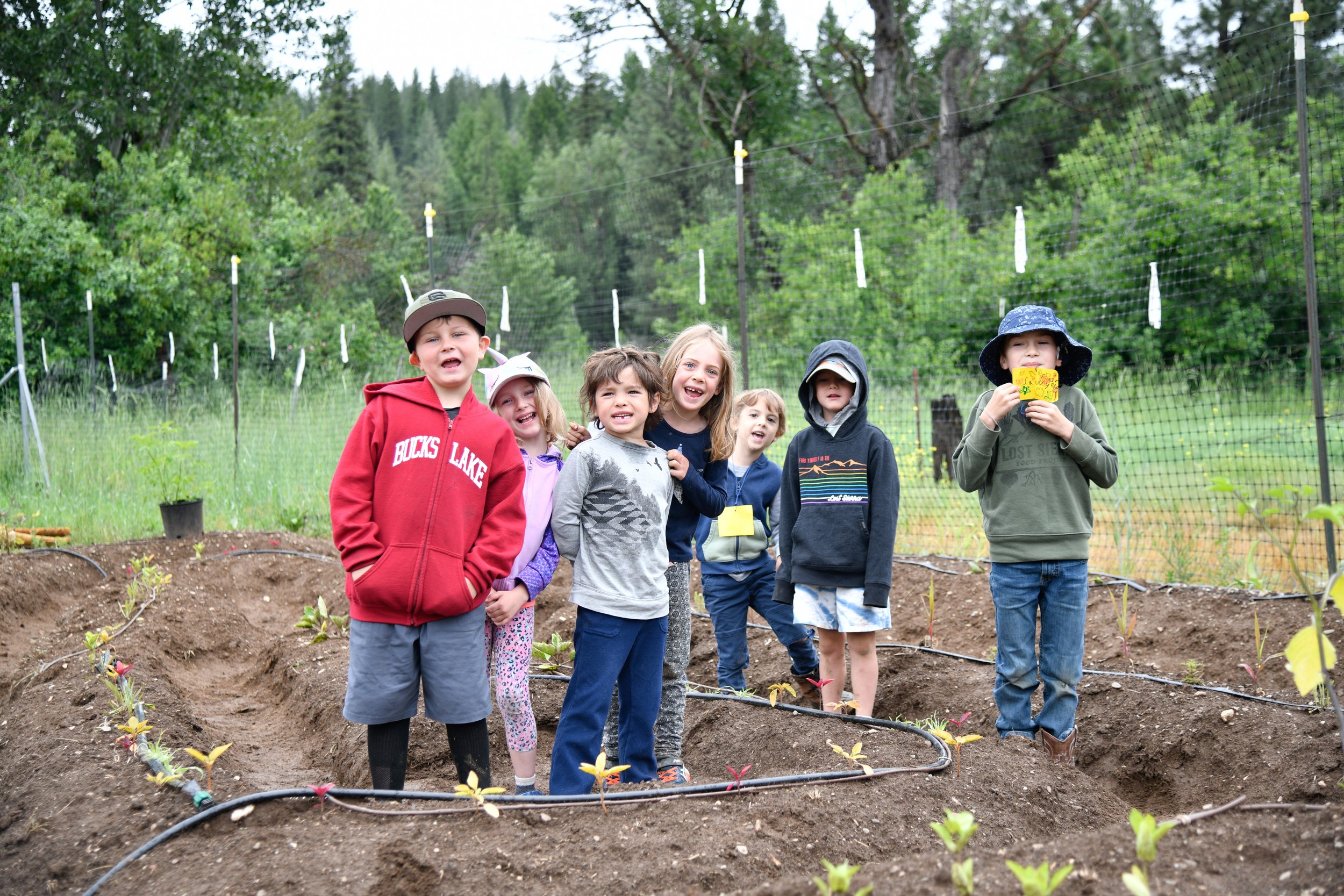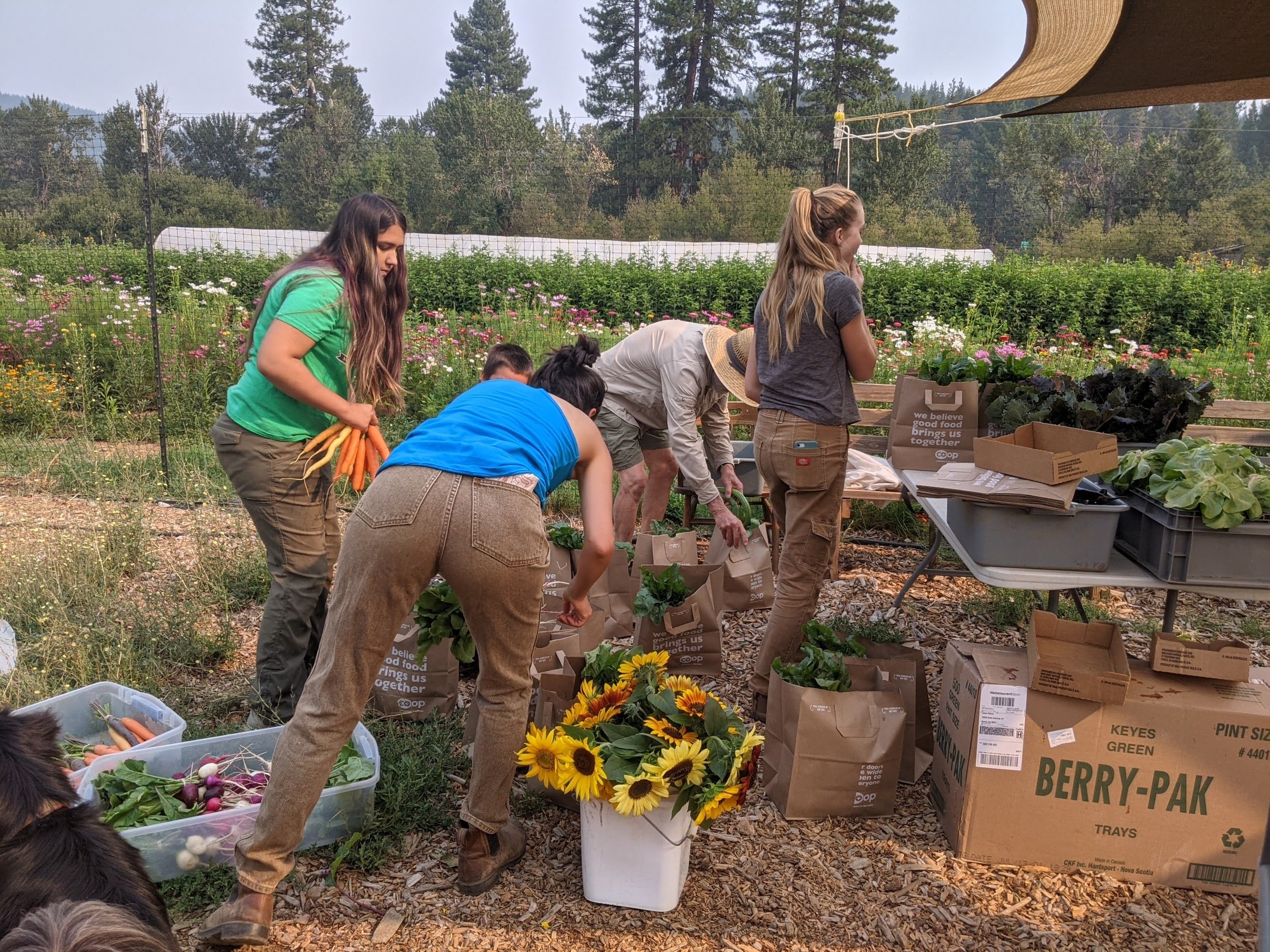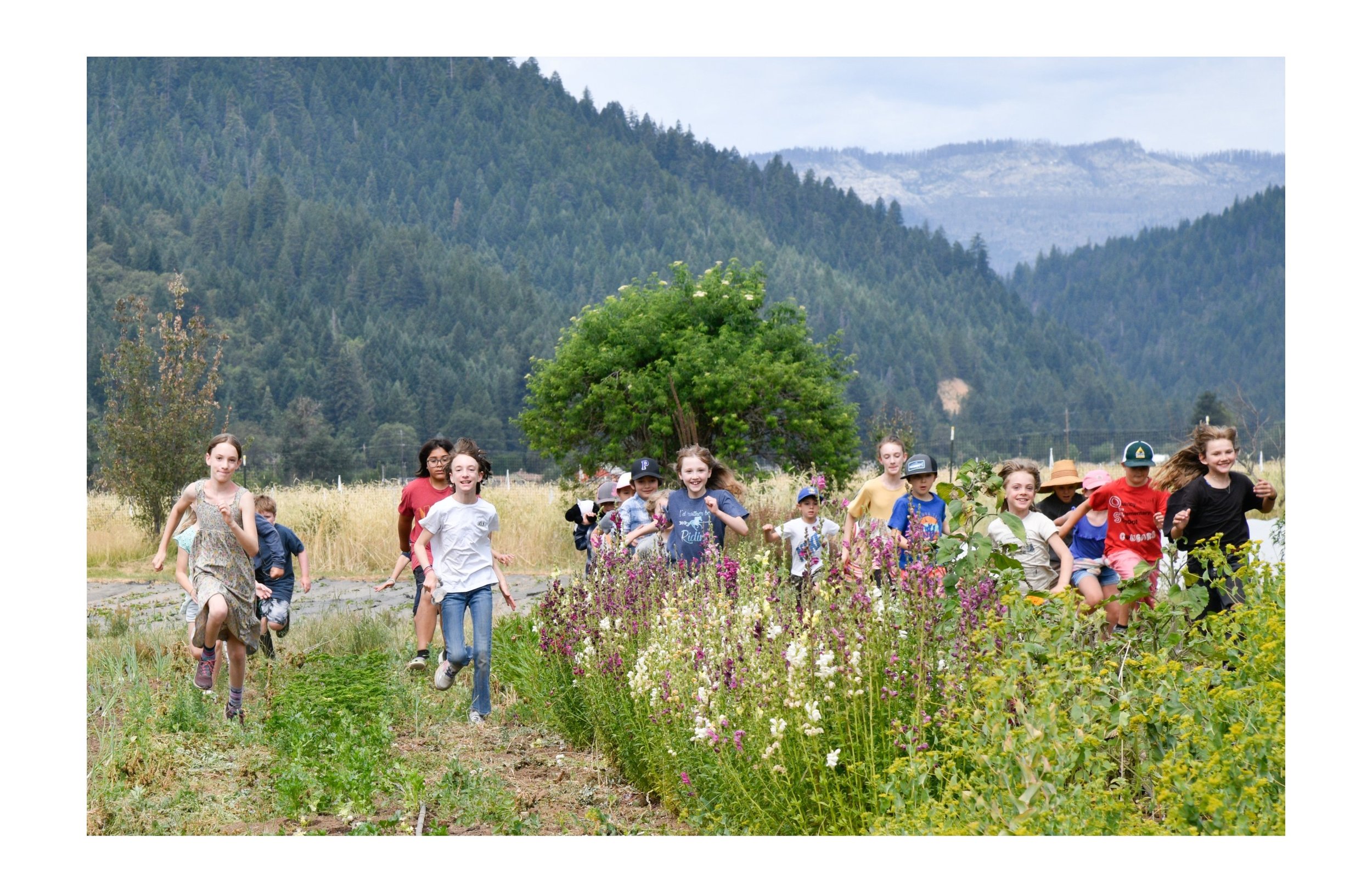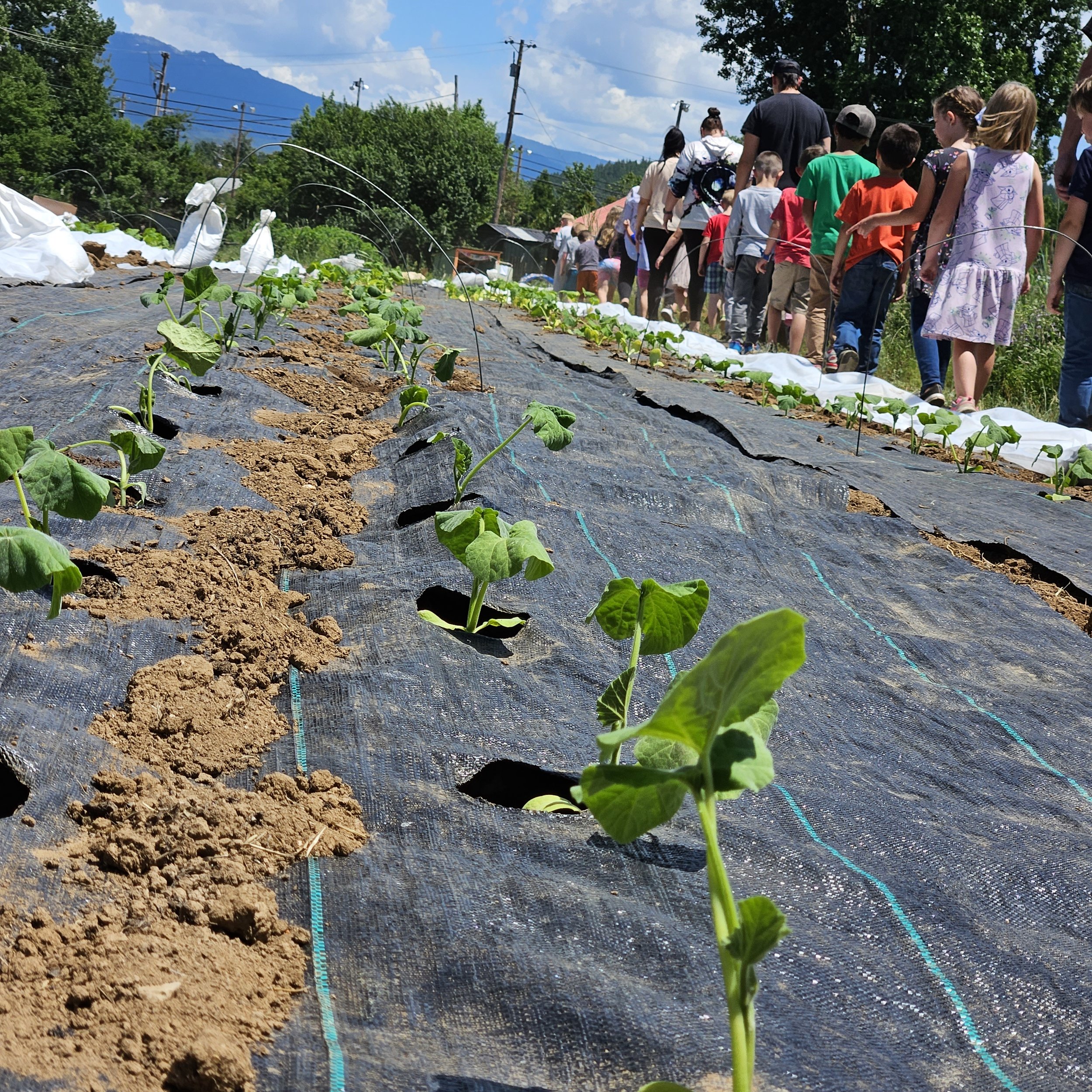Our Mission
To increase access to local foods for Plumas County residents, prioritizing underserved populations, provide workforce development programs, and create educational food and farming opportunities.
Our Objectives
-

Food Access
Increase local food production to ensure food access for our region.
-

Regenerative Farm Education
Provide and support education in ecological farming and wellness.
-

Workforce Development
Empower people through experiential learning and farm-centered workforce development.
-

Regional Food System Collaboration
Develop and advocate for a regional sustainable food system.

Our 5-Year Strategic Plan
2024-29
-
Ensure programs are mission-aligned and adapt to current and future needs
Develop climate resilience and emergency preparedness systems
Develop programs to support farmers and agricultural stakeholders
Manage, evaluate, and formalize partnerships for enhanced collaboration and longevity
-
Continue successful operation and management of Rugged Roots Farms
Commitment to ecosystem-based, regenerative ag practices; continue staff learning and farm development in this evolving field
-
Identify diverse funding streams and implement annual fundraising planning with increased staff and board engagement
Pursue funding to support the continuation and expansion of our successful, core programs (capacity building)
Deepen grant and contract relationships–prioritize relationships with aligned grantors and contract partners
-
Enhance and improve communication to current supporters and attract the next generation
Extend outreach efforts to areas outside of Quincy to increase visibility and engagement across Plumas County
Ensure that Plumas County’s interests and needs are represented in regional initiatives through creative collaborations (with a focus on economic development, education, agriculture, and food justice)
-
Intentional organizational growth with a focus on our most important asset – our people.
Ensure smooth founding leadership transition: implement a transition plan to ensure continuity and stability.
Develop a long-term infrastructure and assets plan to anticipate future needs considering climate variability, extreme weather, and wildfire potential
Promote diversity, equity, and inclusion (DEI) within the organization by identifying and addressing growth and learning opportunities
Where is Plumas County? And why there?
Plumas County spans 2,613 square miles and is located in an isolated, sparsely populated area in the northern Sierra Nevada Mountains. It is ranked as the eighth smallest population of 58 California counties and 22nd largest by area.
Feeding America reported that 13.3% of the population in Plumas County identified as food insecure in 2022. Since then, due to the inflation in prices of grocery staples, that number has surely spiked. According to the Economic Research Service (USDA), average annual food-at-home prices were 5.0 percent higher in 2023 than in 2022. For context, the 20-year historical level of retail food price inflation is 2.5 percent per year. The Feather River Food Co-op reported that shoppers using their SNAP/EBT cards to purchase groceries spent $206,892 in 2023- a 28.3% increase from 2022 in the amount of money users of SNAP/EBT spent at their stores.
During natural disasters, food insecurity in Plumas County is exacerbated. Plumas County currently relies heavily on outside sources for food. When an event like the Dixie fire happens, our remote locations make it difficult for trucks and food system transportation to access our area and deliver food. Increasing regional food production and strengthening connections between producers, distributors, and nonprofit organizations are pivotal steps towards enhancing the region's capacity to withstand and recover from crises.
Lost Sierra Food Project Co-Founders, Jessie Mazar (Left) and Leslie Pace (Right)



